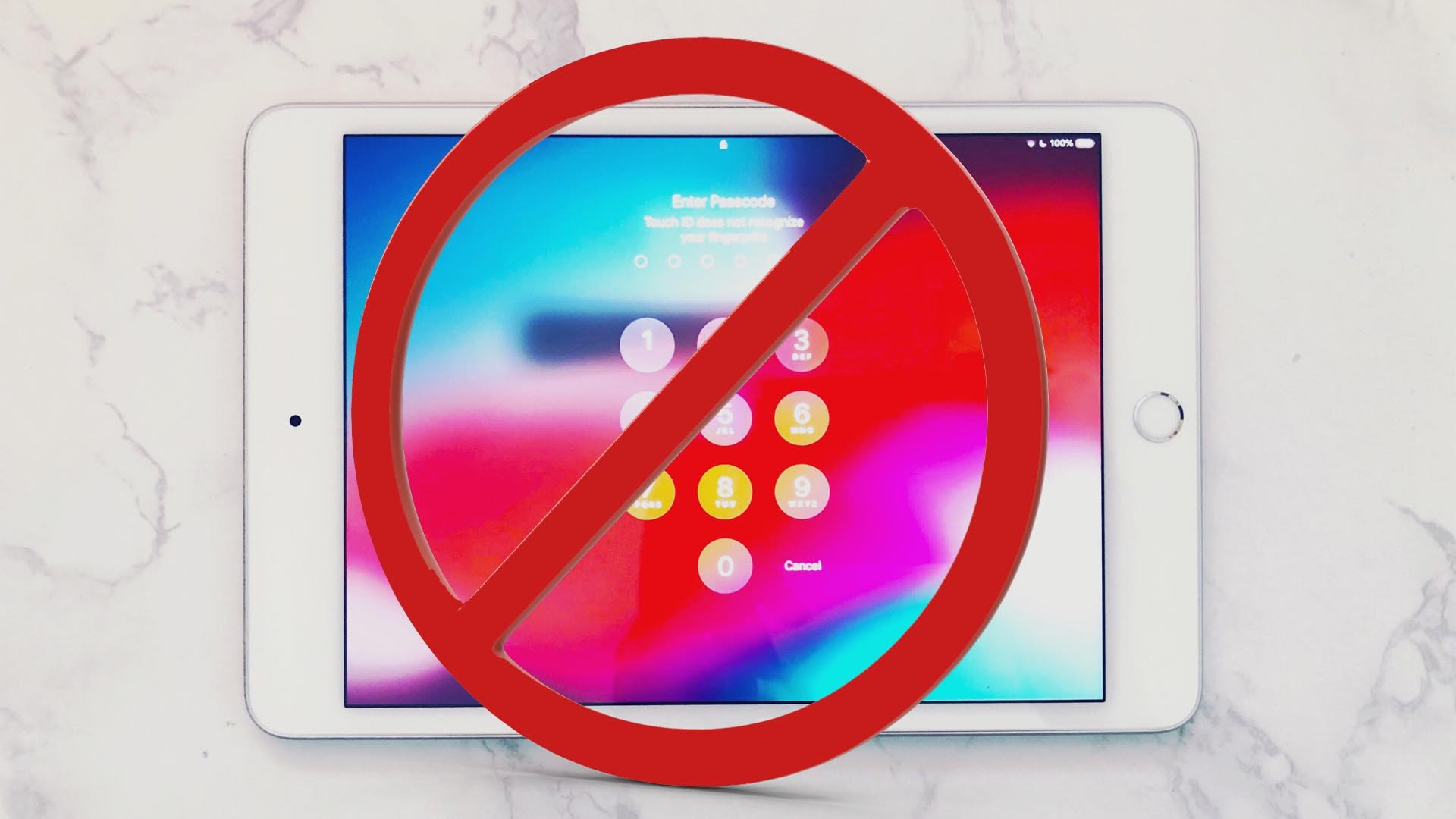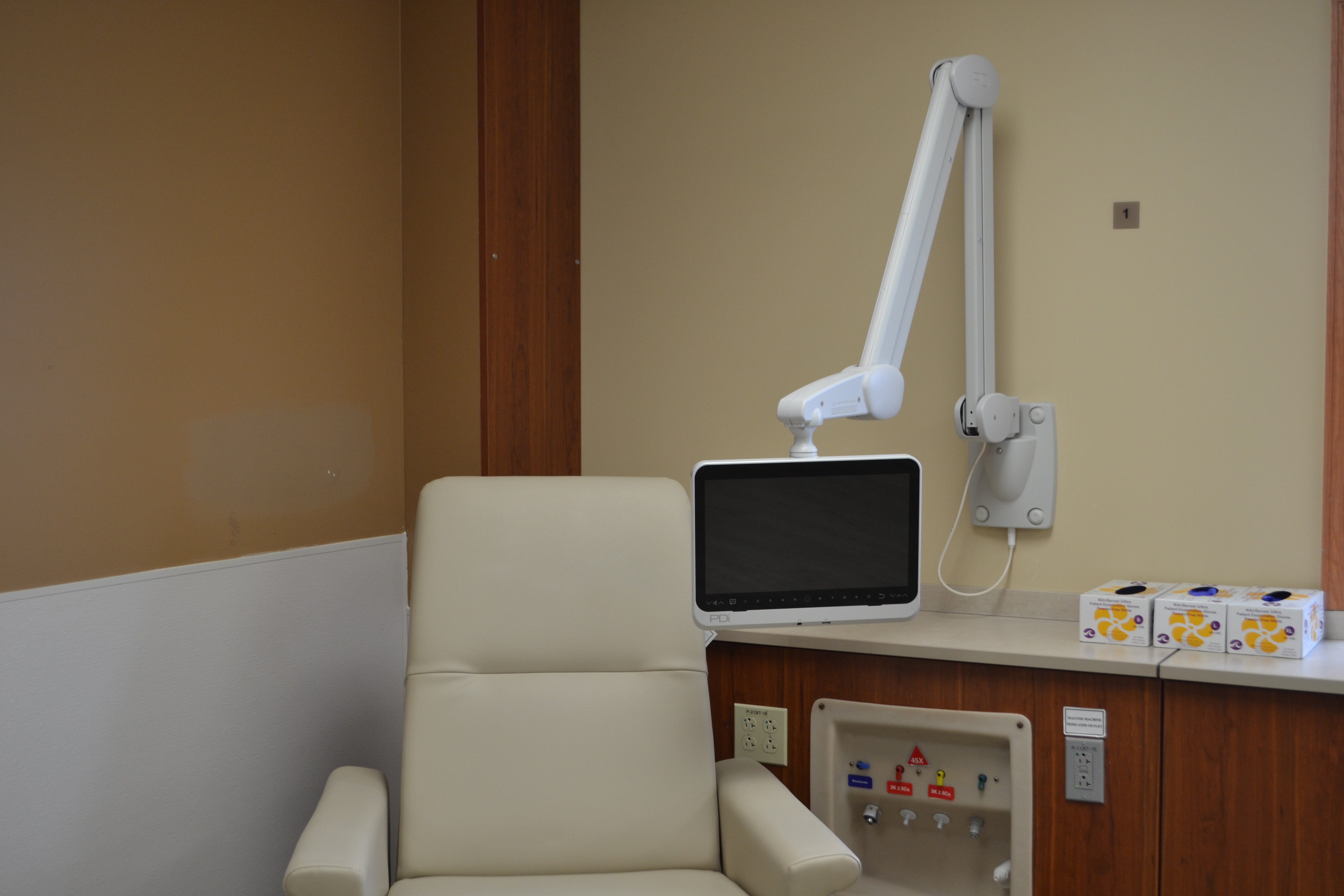2 min read
How Nature Sounds Comfort Patients
It's no secret that anxiety plagues patients as they go through the uncertainty of healthcare treatments. Anxiety can also be increased by medical...
4 min read
 Erin Todd
:
December 27, 2017
Erin Todd
:
December 27, 2017

When it comes to their care, what do patients actually say about what they want?
Knowing the things patients really care about is the first step to creating a higher quality patient experience.
A recent study conducted by the University of Utah set out to better define “value” as it relates to healthcare in the United States. After surveying over 5,000 patients, the results of The Value in Health Care Survey uncovered how value is defined differently to the key stakeholders in healthcare and narrowed in on how patients define “value”.
Click here to read the full report. [Report]
The survey asked patients to rank “value statements” that were most important to them. The top 9 statements chosen were a mix of cost, service, and quality-oriented statements that matter to at least 1 in 3 patients:
Somewhat surprisingly, patients prioritized responses relating to cost and service more often than “health improvement statements.” In addition to patients being particularly concerned with cost, the survey found that patients are unlikely to pay more for care that meets all of their “value” expectations.
Patients have a consumer-centric mindset when it comes to healthcare.
Patients view good service to be the standard in healthcare and not a premium. To compete in the rapidly growing healthcare space, it is the providers' responsibility to meet those expectations and begin viewing the patient's experience as a critical part of patient care.
So how can providers meet the demands of the consumer-centric mindset of patients?
Here are 3 tactics to improve patient satisfaction based on the patient value statement responses:
While cost transparency may be the most challenging "value" to deliver upon, due to the complex nature of medical billing and insurance, according to The Value in Healthcare study, cost is the most important aspect in the minds of patients and their families. Walking patients through billing policies and helping them understand the methods behind how they or their insurance will be charged can greatly alleviate anxiety over medical billing. Patients rarely are preemptively price shopping when it comes to their care - especially if they are insured - but they fear being blindsided by a bill or co-pay they were not expecting once their treatment is complete. Help patients feel a sense of cost control. In non-emergency cases, take time to be as helpful and informative as possible about costs to the patient with face-to-face staff time.
This seems obvious, but if the individuals who are interacting with patients everyday have a firm grasp and can focus in on what patients want, they are empowered to make the most of every touch point with the patient. This is vital to creating a net positive patient experience, because care teams and clinical staff are already fighting an uphill battle as healthcare is becoming more consumer-centric.
Consumer analyst and writer Ruby Newell-Legner, says:

Source: “Understanding Customers” by Ruby Newell-Legner
If this metric is true, then medical staff are are at a mathematical disadvantage in delighting patients.
Influencing a patient's perception and counteracting many inherently negative realities is no easy feat. Medical procedures cause patients anxiety, and patients likely don't feel their best, which influences their mood. Staff may be overextended with patient load, which can minimize opportunities to delight.
Ensure staff focus in on the "value statements" patients made from this study such as: being flexible to patients to make timely appointments, demonstrating expertise, being empathetic and demonstrating care by taking time to explain and guide patients, and of course being friendly and helpful as often as possible. If staff employ these strategies first, it is likely patients will identify the value they are receiving and translate into positive patient value trends.
Another "value statement" the patient group identified in the study was having a reasonable wait time. It is challenging for clinician staff to strike the balance with both spending more time with their patients and not making other patients wait. This could be a smart place to invest in technology to help bridge the gap as patients wait in their patient rooms.
Having a high-quality patient TV that offers modern technology and current programming is the simplest solution to satisfy patients with minimal staff time investments. Giving a patient access to a hospital-grade TV not only provides them a distraction while they wait, but it can deflect patient anxieties about their health or medical costs and deter them from dwelling on any negative interactions or health news they may receive the during their stay.
Using advanced healthcare-grade TV-Tablets or Smart TVs with interactive patient software can also be an easy way for the care provider to educate, communicate with or prompt the patient to consider things about their health. At the very least, providing access to the internet, apps, games, etc. to patients is a huge differentiator for the patient experience. It will do more than amuse patients; it is a simple way to enable connections, demonstrate generosity and thoughtfulness on the care providers part to create a modern entertainment set up at their bedside or in the patient room.
Learn more about patient-centered entertainment options like medTV here.
Let us know your thoughts in the comments. Are there any other strategies that come to mind based on the "value statements" of patients?

2 min read
It's no secret that anxiety plagues patients as they go through the uncertainty of healthcare treatments. Anxiety can also be increased by medical...

1 min read
Updated December 10, 2024 by Cat Saettel Patients can easily feel lonely during infusion therapy or a hospital stay. Healthcare organizations can...

It’s no secret that the patient television is the unofficial lifeline in the healthcare space. Sure, patients are often connected to truly...